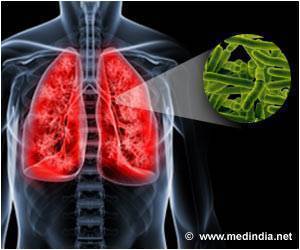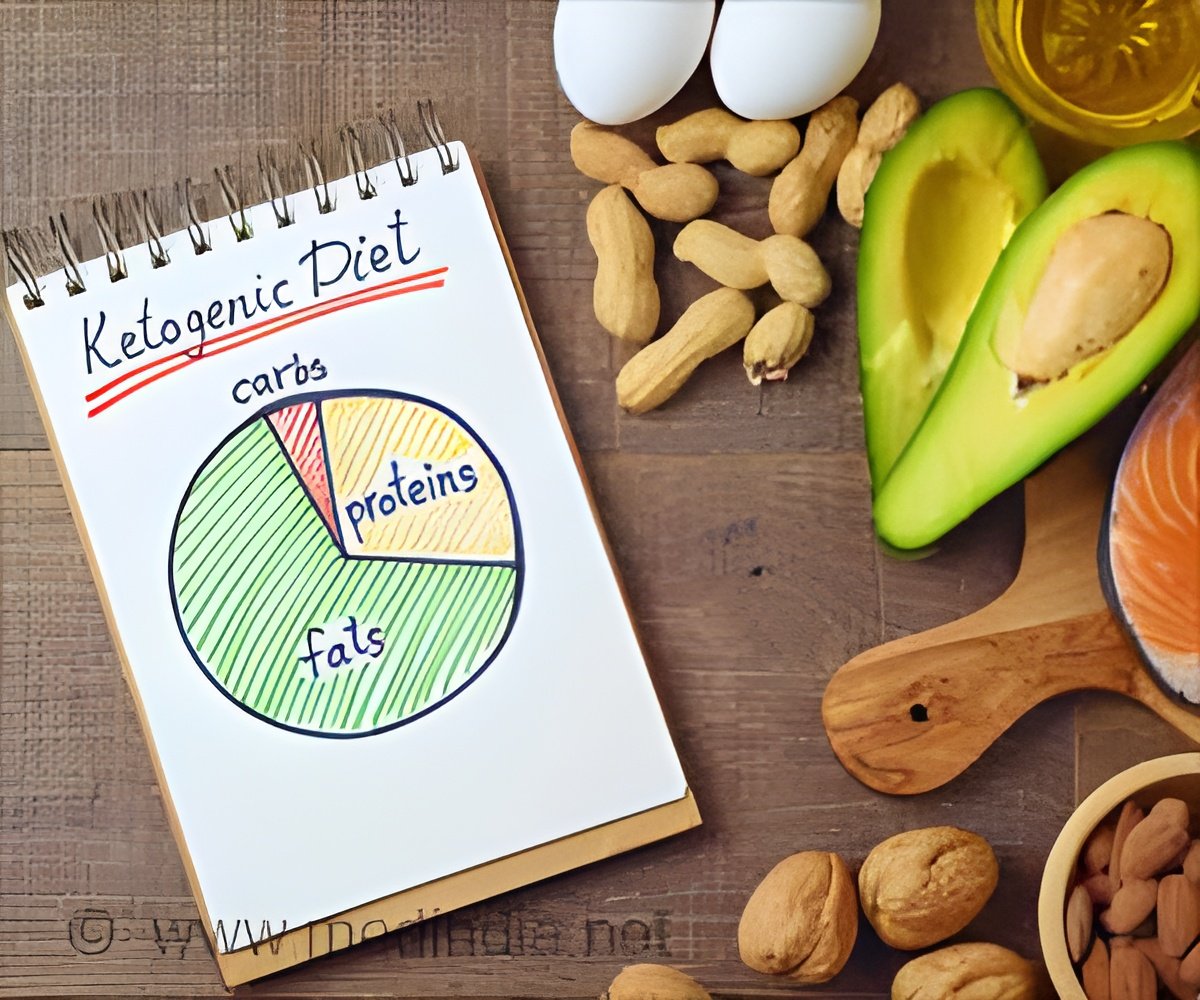“The scientists at the CDI who specialize in tuberculosis and other mycobacteria are at the vanguard of their specialty,” said David Perlin, PhD., the chief scientific officer and senior vice president of the CDI.
‘New drugs are needed to fight against the drug-resistant strains of Tuberculosis.’
Bacterial metabolism can cause intrinsic drug resistance but it also converts inactive parent drugs to bioactive derivatives, as prodrugs.
These “prodrugs” are biologically inactive compounds which are broken down by the bacteria to create the effective by-product compounds within the bacterial cell.
This new Mycobacterium tuberculosis dihydrofolate reductase (DHFR) inhibitor drug discovered with moderate affinity for intra-bacterial metabolism of TA-C boosts its on-target activity by two orders of magnitude.
The TB germ takes up and metabolizes the TA-C – but the by-products inhibit its function from within. This is the first ‘prodrug-like’ antimycobacterial that possesses baseline activity in the absence of intracellular bio-activation.
This promising direction of research about the novel class of DHFR inhibitors uncovers a new antibacterial drug discovery concept that can be crucial in the ongoing fight against TB.
Source: Medindia



